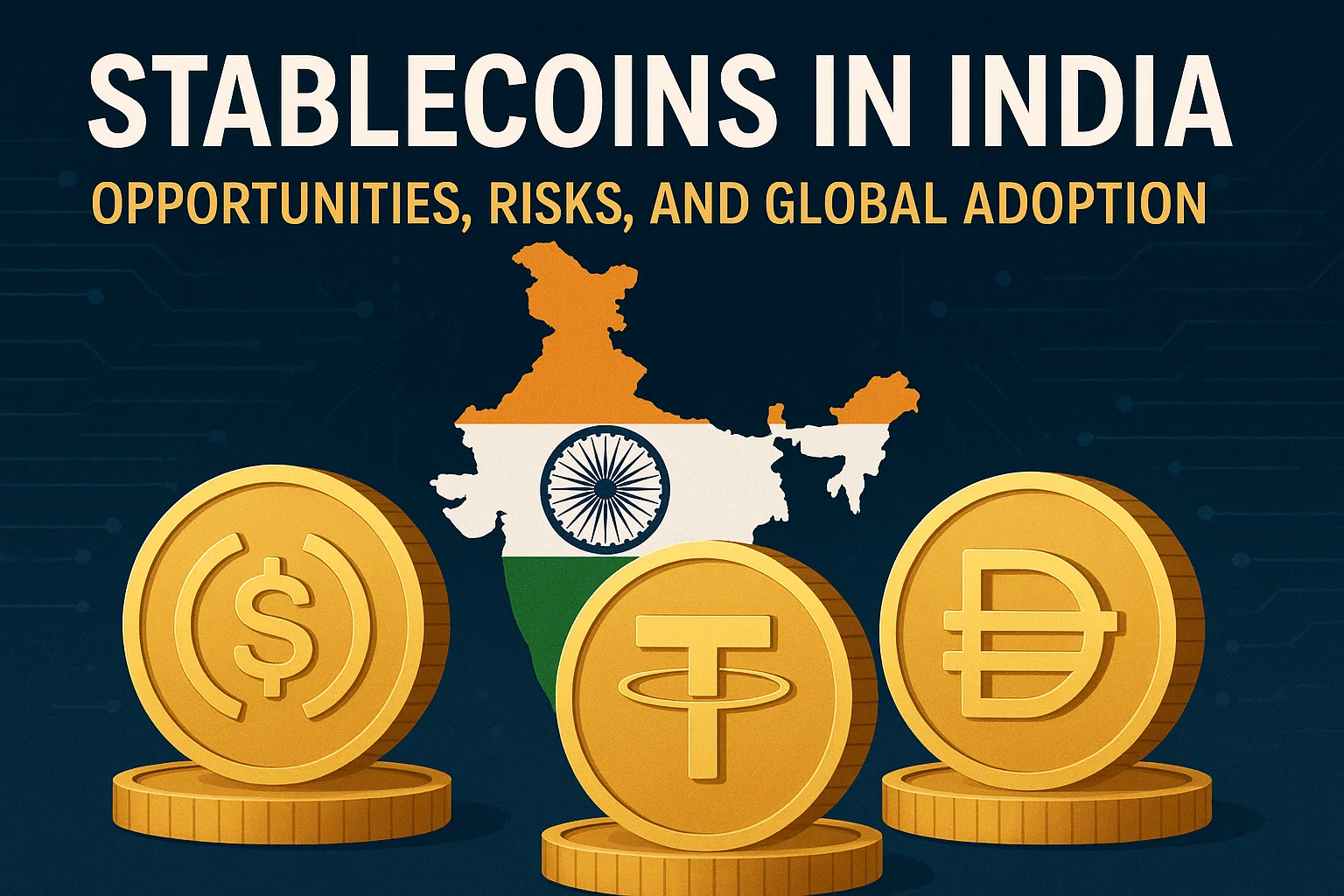India’s Strategic Push in North-East: Bypassing the Chicken’s Neck Vulnerability
India’s Strategic Push in North-East: Shillong-Silchar Highway to Ease Connectivity Challenges
Context: The Shillong-Silchar high-speed highway project marks a significant strategic and economic move by the Government of India. The Rs 22,864 crore greenfield corridor, linking Shillong in Meghalaya to Silchar in Assam, is designed to integrate the North-East with Myanmar’s Kaladan Multi-Modal Transit Transport Project. The initiative is a response to Bangladesh’s “landlocked” remark and aims to bypass Bangladesh for maritime access, reinforcing India’s Act East Policy and reducing reliance on the Siliguri Corridor (“Chicken’s Neck”).
Key Features of the Shillong-Silchar Highway
- Length: 166.9 km (144.8 km in Meghalaya and 22 km in Assam).
- Type: First high-speed four-lane highway in the North-East.
Integration with Kaladan Multi-Modal Transit Transport Project
- Funded by the Ministry of External Affairs, the Kaladan project links:
- Kolkata Port → Sittwe Port (Myanmar) via sea.
- Sittwe → Paletwa (inland waterways) → Zorinpui (India-Myanmar border in Mizoram) by road.
- The Shillong-Silchar Highway will integrate through NHIDCL’s extended link from Zorinpui to Lawngtlai and Aizawl, completing the multimodal corridor.
- Supports India’s Act East Policy and regional connectivity with ASEAN.
- Funded by the Ministry of External Affairs, the Kaladan project links:
- Terrain: Built in hilly terrain with advanced engineering solutions.
- Reduction in travel time: From 8.5 hours to 5 hours between Shillong and Silchar.
- Construction model: Hybrid Annuity Mode (HAM)—40% government-funded, 60% private developer contribution, with annuity payments over 15 years.
- Timeline: Expected completion by 2030 (MoRTH target: 3 years from 2025 approval).
Strategic Significance
- Countering Bangladesh’s Ocean Access Narrative
- The project is a direct response to Bangladesh’s interim chief adviser Muhammad Yunus, who described North-East India as “landlocked” and Dhaka as its only oceanic guardian.
- India responded diplomatically, with PM Modi advising against “rhetoric that vitiates the environment” at the BIMSTEC Summit.
- The new corridor, by linking to Myanmar’s Sittwe Port via the Kaladan Project, negates overdependence on Bangladesh for maritime trade.
- Enhancing National Security and Strategic Autonomy
- Bypassing the Siliguri Corridor (Chicken’s Neck) — a critical vulnerability in India’s defence logistics — ensures alternate strategic access to the North-East.
- Strengthens military mobilisation and logistical resilience in border states like Mizoram, Manipur, Tripura, and Arunachal Pradesh.
Economic and Regional Development Impacts
- Catalyst for economic growth in Meghalaya and Assam:
- The corridor passes through cement and coal production areas, facilitating industrial development.
- Promotes intra-North-East trade, regional tourism, and investment.
- Enhanced connectivity to major corridors: NH-27, NH-106, NH-206, NH-37 ensuring seamless access to Guwahati, Shillong, and Barak Valley.
- Forms a land-sea connectivity route from Kolkata and Vizag ports to the North-East via Myanmar.
Geopolitical Context and China Factor
Government’s Infrastructure Commitment
Part of a larger push in Modi government’s third term to enhance connectivity:
- Over Rs 1.58 lakh crore sanctioned for road and highway projects in 2025.
- Includes 8 national high-speed corridors, PM Gram Sadak Yojana projects, and strategic roads in border areas of Punjab, Rajasthan, and North-East.
- Includes Zirakpur bypass, Patna-Arrah-Sasaram corridor, and JNPT link.
- Yunus’ remarks in Beijing, endorsing a Chinese economic corridor through Bangladesh, underscore regional strategic competition.
- India’s infrastructure move is aimed at:
- Countering China’s growing influence in Bangladesh and Myanmar.
- Strengthening India’s sphere of influence in the Indo-Pacific and Bay of Bengal region.


